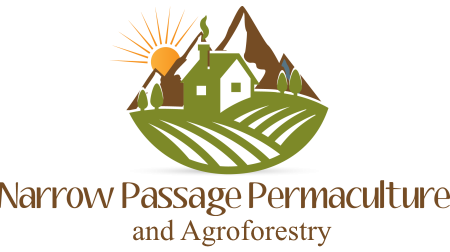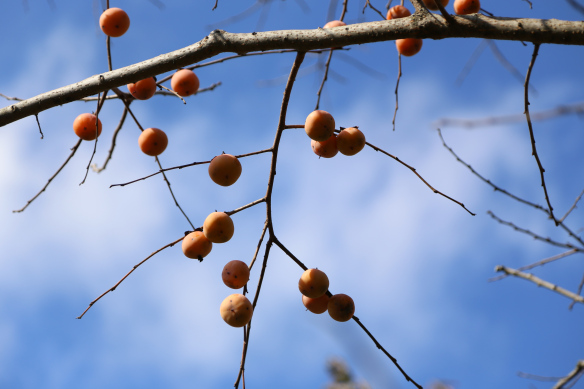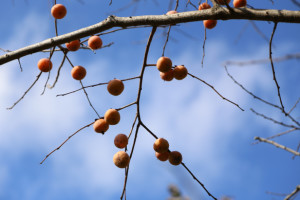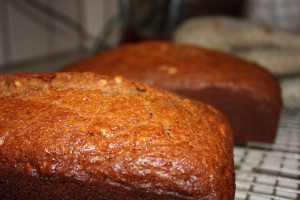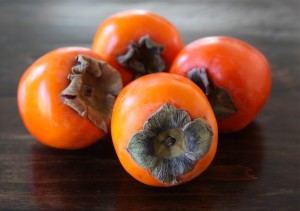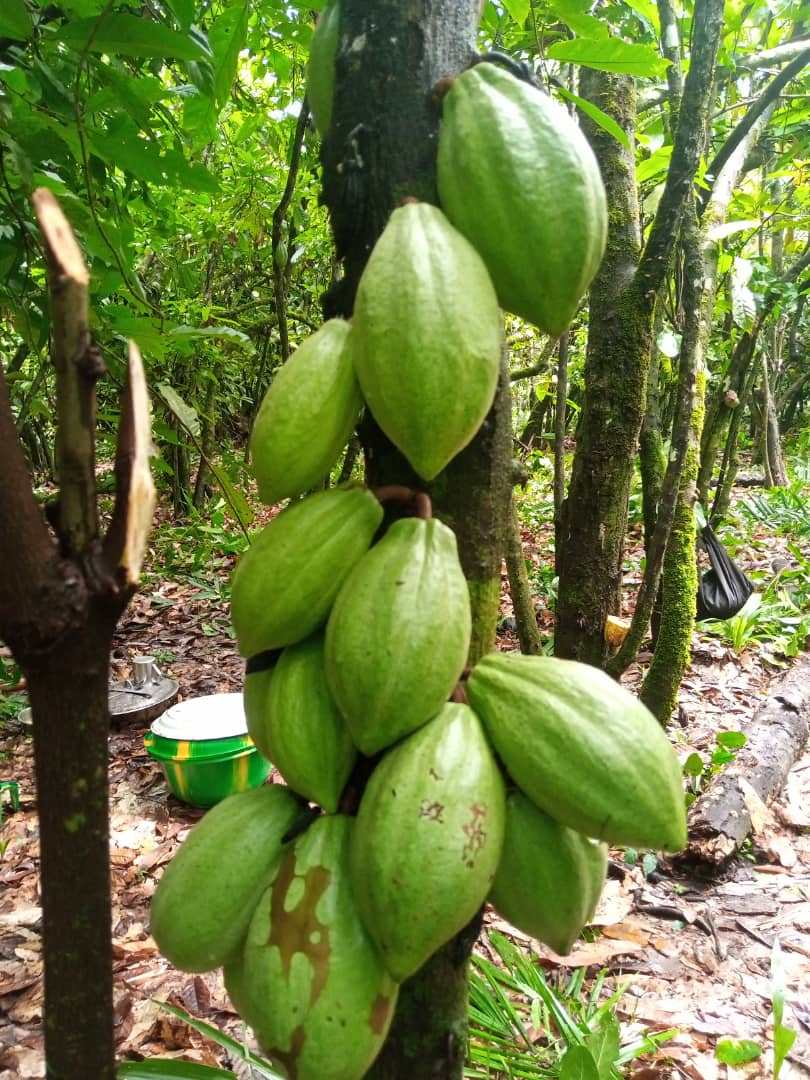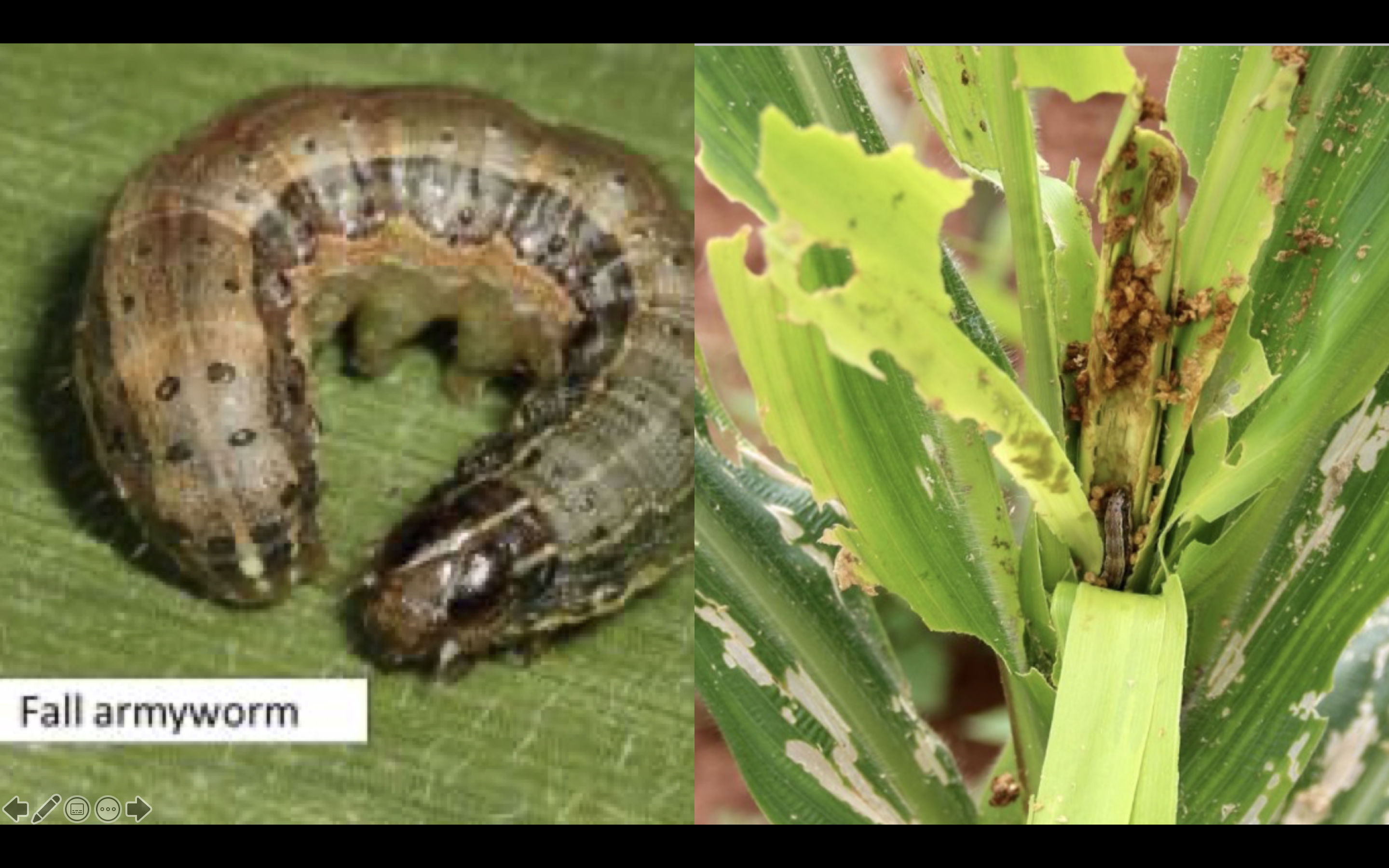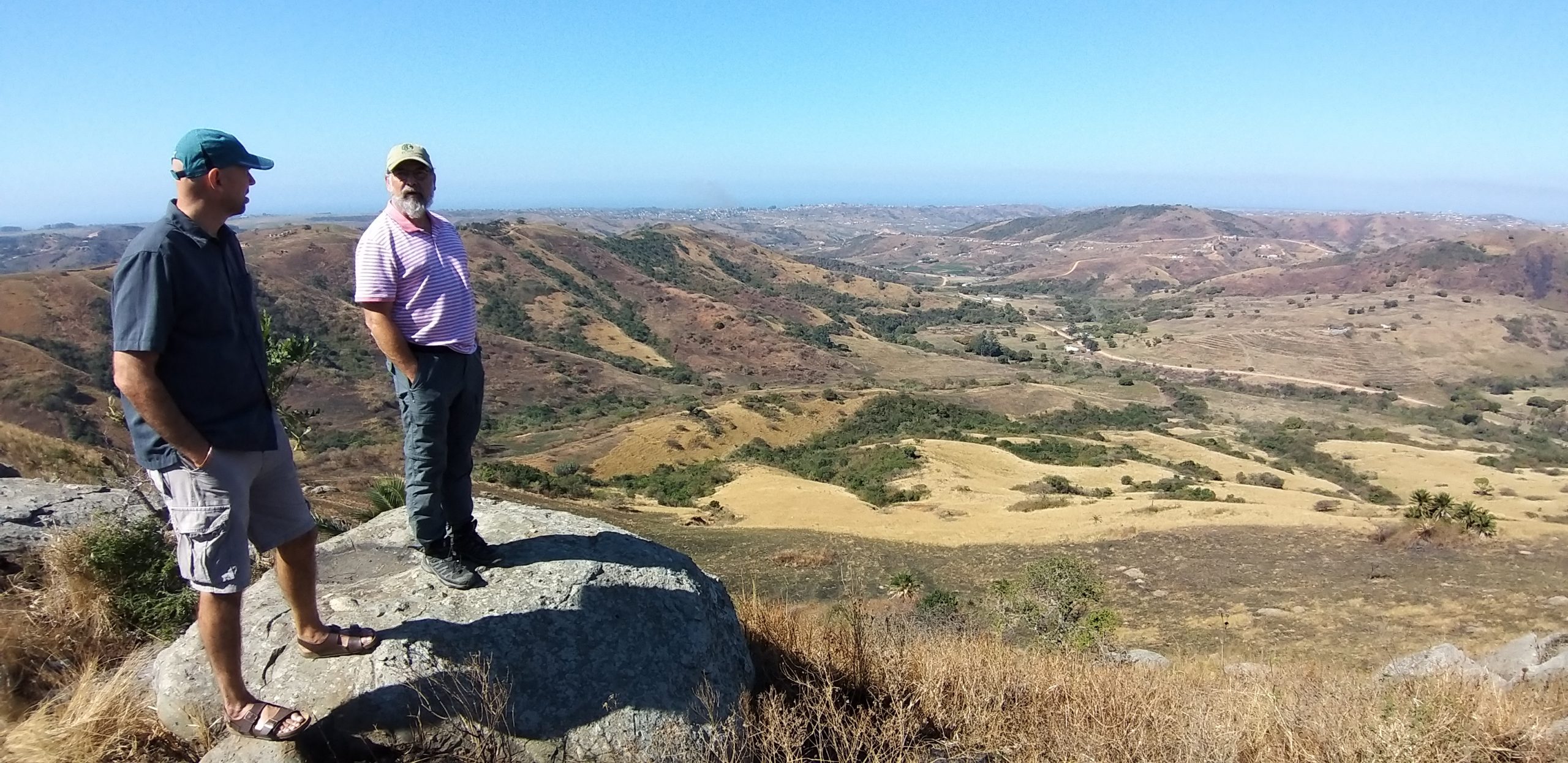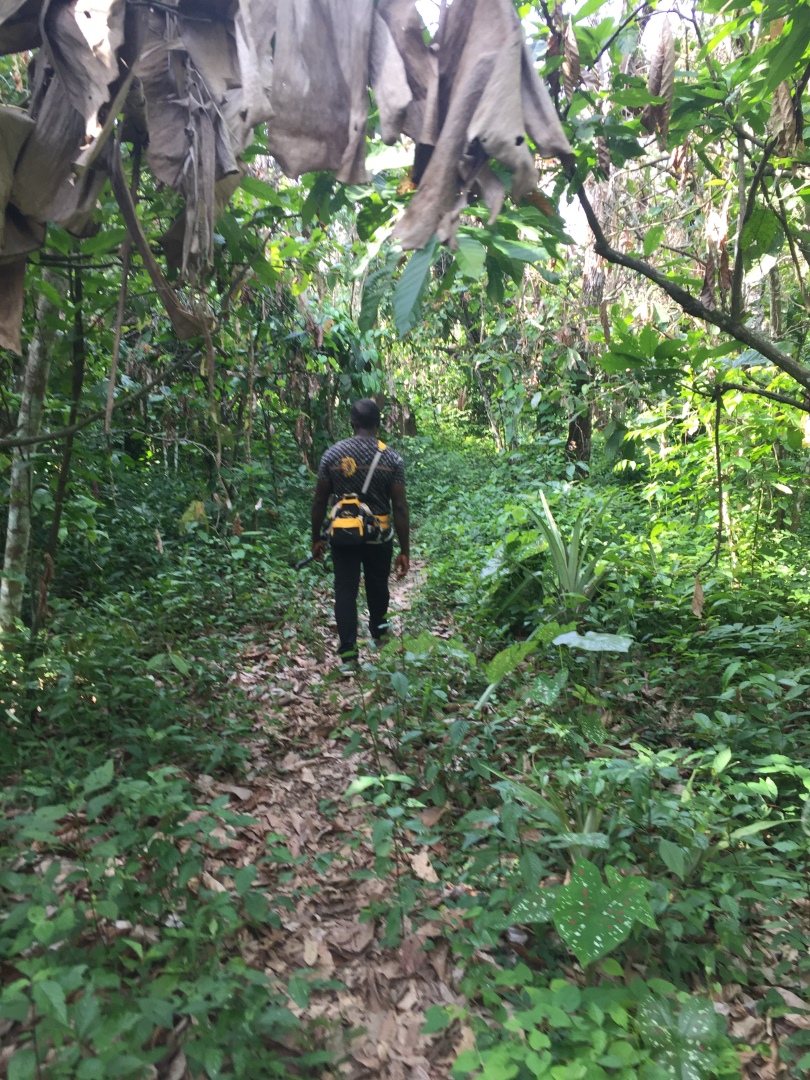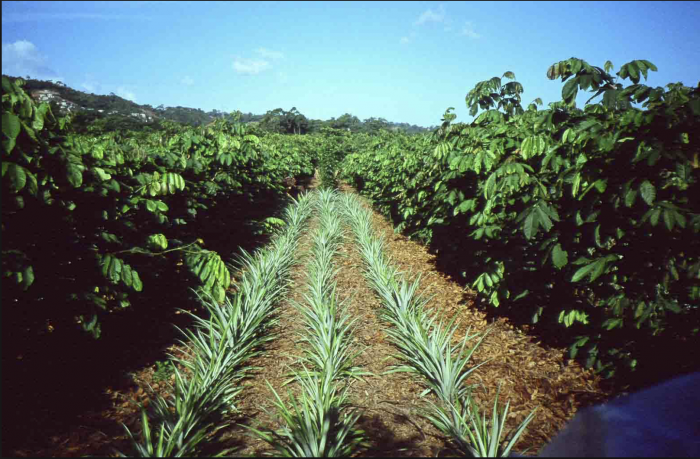When I was growing up we had a big Persimmon tree. It is, in fact, still with us today, although on it’s last legs as far as producing fruit because of its age. The Persimmions here in Virginia (Latin name – “Diospyros Virginiana”) are one of several types of Persimmons. Like the Chestnut, there are American and Asian varieties. The American variety is native to North America and produces cherry tomato sized fruit/berries. The persimmon has been cultivated in North American since before the time of the pilgrims, and has been cultivated for its wood as well as it’s interesting fruit.
Once you have taken a bite of an unripe persimmon, you will never forget to let it get ripe before taking a big bite. American Persimmons are astringent and will cause the inside of one’s mouth to draw in and shrink up like crazy, due to the tannins (polyphenolics) they contain. Once the fruit has “bletted” (ripened by frost) the sugars increase and the tannins decrease leaving a sweet, aprcot like taste and consistency.
We have harvested and eaten Persimmons raw, or baked into Persimmon Walnut bread. Persimmons are also used to ferment in beers and other adult beverages. Speaking of Walnuts, Persimmons are another plant that can deal with the Juglone produced by the Black Walnut. Juglone is a chemical that comes from the leaves and walnut hulls that acts as an herbicide. The ground under our black Walnuts looks like the moon this time of year. I intend to plant some Persimmons under the Black Walnuts, along with the hazelnuts and Paw Paws currently residing there, which will also tolerate Juglone.
Persimmons are propagated by seed. The seeds are another negative as far as using the fruit as they are relatively large for the size of the fruit. Imagine a cherry tomato with 3 or 4 pumpkin seeds.But the taste of the fruit, when ripe, is worth the effort. The latin name Diospyros is broken down from the latin as “Fruit of the Gods”. American Indians made persimmons an important part of their nutrition. The word persimmon itself is derived from putchamin, pasiminan, or pessamin, from Powatan, an Algonquain Indian dialect of the eastern US, meaning “a dry fruit” according to Wikipedia. Persimmon leaf is also used as a tea with various health properties containing Magnesium (Mg), Manganese (Mn), titanium (Ti), calcium (Ca), phosphorous (P), and more.
Oriental persimmons are larger, like a plum and is grown in europe and the US and, of course, Asia.
Persimmons stay on the trees long after the leaves have fallen, making them a great wildlife food tree. Raccoons and deer love persimmons.
So, if while driving down a country lane in late fall or early winter you see a tree with lots of small fruit, dark from freezing, it is most likely a persimmon. Stop and try one! Better still, many cultivars of the tree are now available from nurseries…plant a few for your personal food production this spring!
Like to try some? Click below!
Dried Persimmon Fruit 1 Pound Bag – Oh! Nuts
Persimmon Leaves Tea 20 Tea bags
